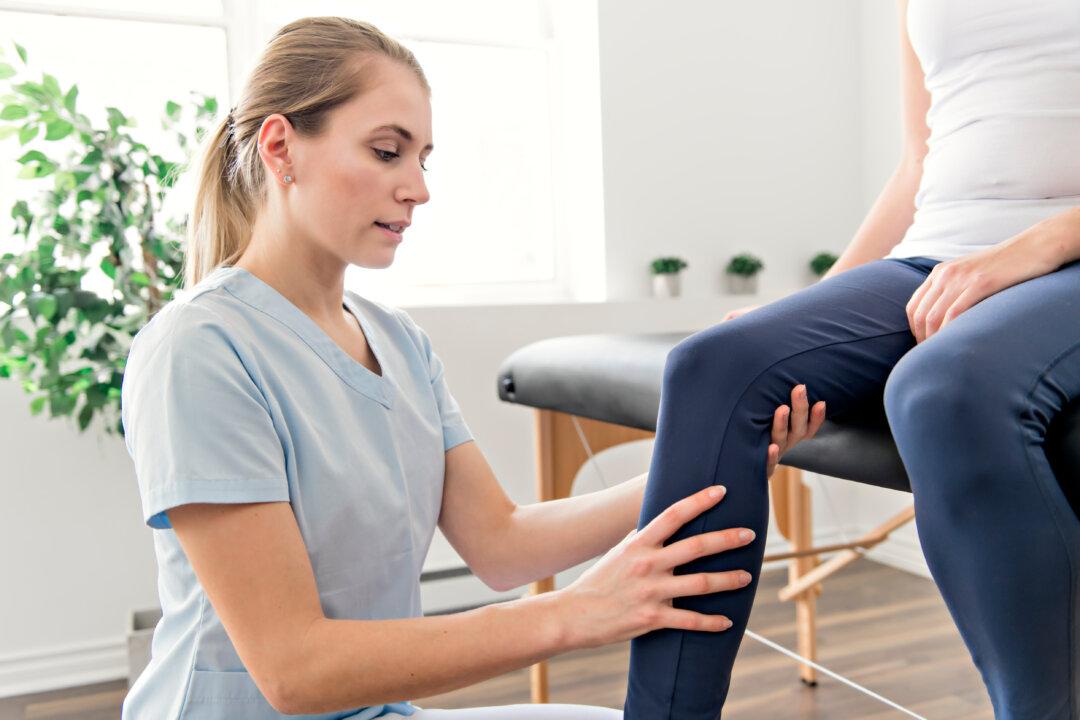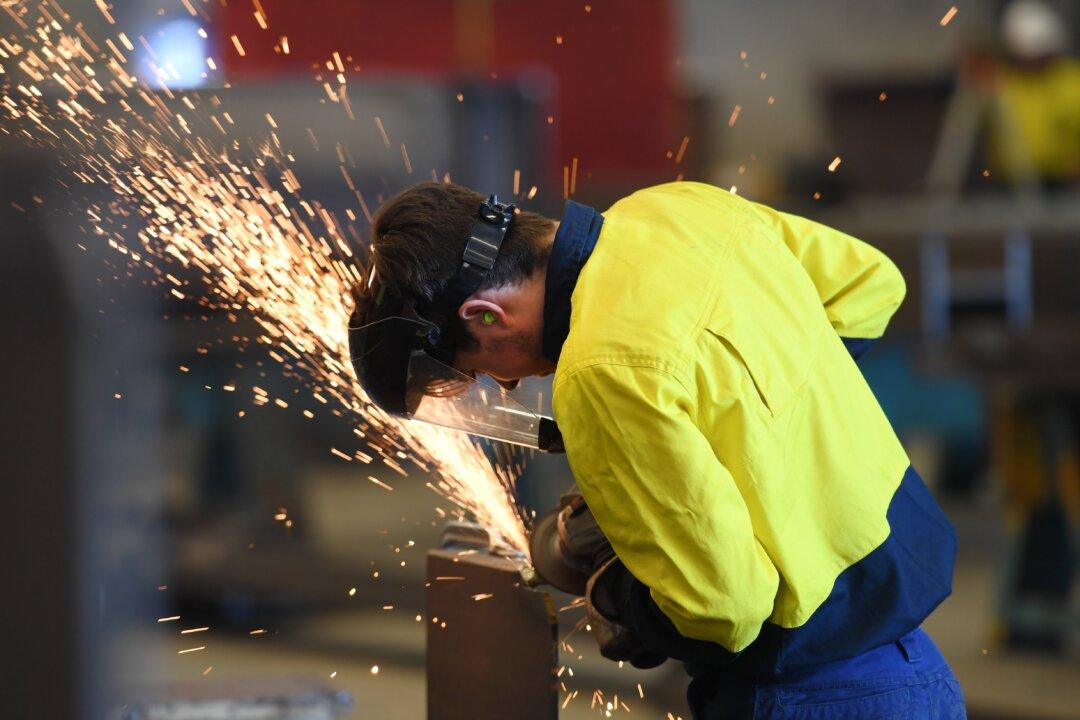If you have ever heard the sound of your partner’s teeth grinding while he or she sleeps, you are not alone.
What Is Bruxism?
Bruxism is a medical term for habitual, involuntary teeth grinding or clenching that goes beyond normal chewing. It can occur unintentionally during the day (awake bruxism) or at night (sleep bruxism).The excessive strain placed on the temporomandibular joint (TMJ)—which connects the skull to the jaw—and on the muscles that control chewing, swallowing, and speech can cause temporomandibular disorder (TMD). TMD may stem from bruxism, jaw injury, osteoarthritis, or displacement of the articular disk within the joint.
- Jaw pain or stiffness
- Tooth wear
- Fractured, chipped, or loose teeth
- Multiple cracked or broken fillings
- Aching teeth and stiffness in the face and temples, particularly in the morning after waking up
- Indentations along the side of the tongue
- Restless sleep, difficulty falling asleep, or your partner noticing tooth grinding sounds while you sleep
Common Headache Presentations
Having a headache upon waking is a common symptom associated with bruxism, and studies have shown a clear link between morning headaches and sleep bruxism.Factors such as snoring, restless sleep, night drooling, sleeping position, and lack of sleep may trigger the onset of sleep bruxism.
Another common headache related to bruxism is a “tension headache” or “primary headache.”
Tension headaches can be felt as a dull ache or tightening sensation, usually across the entire head. They can feel like a pressing or tightening on both sides of the head.
Migraines, also a type of primary headache, are characterized as moderate to severe, are usually felt as throbbing pain on one side of the head and can last from hours to days.
Why Bruxism Has Spiked in Recent Years
While bruxism is a common presentation worldwide, the post-pandemic period has caused it to spike.“Stress is the main cause of clenching and grinding,” Dr. Damian Teo, a lead dentist at the Melbourne TMJ and Facial Pain Centre in Australia, told The Epoch Times.
Awake bruxism appears to be strongly related to emotional stress, while sleep-related microarousals correlate with sleep bruxism.
The sleep-related microarousals found in sleep bruxism refer to obstructive sleep apnea (OSA)—characterized by short periods of interrupted breathing caused by the partial or complete blocking of the airways. A brief wake-up period or arousal follows that restarts breathing.
“Snoring and sleep apnea can cause clenching and grinding—that’s another big stressor,” Teo said.
The authors noted that remote work amplified concerns about sedentary behavior, with employees spending more time at their desks and being less physically active because of reduced commuting and increased virtual meetings.
Similarly, in the United States, many workers during this period have battled physical, mental, and financial risks to their health and well-being, and many suffered from COVID-19 symptoms long after original infections, along with high levels of stress and burnout.
Moreover, stress can arise from a wide range of sources beyond work, including psychological strain, family issues, academic pressure, illness, injury, surgery, or hormonal changes, according to Teo.
Some patients have told him their pain began during the COVID-19 pandemic because of increased clenching, often triggered by events such as car accidents or driving in traffic, he said.
Darron Goralsky, a physiotherapist and clinical director of Melbourne TMJ and Facial Pain Centre, told The Epoch Times that COVID-19 and the post-pandemic period created a “perfect storm” for increased bruxism, headaches, and related conditions.
Treatments for Bruxism
Treatments for bruxism are focused on preventing additional tooth damage and on relieving associated symptoms.Preventing Additional Tooth Damage
Many patients with teeth grinding issues are prescribed occlusal splints, or mouthguards, which can provide temporary relief by protecting the teeth and relaxing the jaw muscles.“Not all splints are born equal. In the right hands, the splints can do a lot more than just protect the teeth, and if they’re addressing enough of the areas, they can make a very big impact,” Goralsky said.
However, occlusal splints may not address underlying problems, such as neck, shoulder, or airway issues, Teo stated.
In some cases, they might worsen symptoms, especially if the patient has sleep apnea or snoring issues, as the splint can obstruct the airway, Teo said.
Goralsky added that in such cases, a different type of device—a mandibular advancement splint—may be more appropriate, as it helps open the airway.
Counseling and Managing Stress Levels
For stress management, cognitive behavioral therapy and relaxation techniques, such as mindfulness and meditation, are recommended for awake bruxism.For sleep-related bruxism, sleep hygiene counseling is considered good practice. Avoiding alcohol, caffeine, and tobacco before going to bed is necessary for maintaining good sleep.
Botox
Botulinum toxin A (Botox) injections have been shown to benefit patients with severe bruxism and are usually administered to the masseter and temporalis muscles, the main muscles used for chewing.However, Botox injections only decrease the strength of jaw muscle contractions and do not decrease the incidence of sleep bruxism events.
Teo said that because Botox wears off after about three months, some patients undergo repeated injections several times a year for years, only to find it eventually becomes less effective. He stated that such patients may achieve better results by addressing the muscles and joints of the head, neck, and shoulder region.
Musculoskeletal Work
Certain muscles, such as the masseter and sternocleidomastoid, can cause headaches and jaw pain, which are sometimes misdiagnosed as TMD, Teo said.The masseter muscle, responsible for chewing, can refer pain to the jaw, temples, and ears, while the sternocleidomastoid muscle, involved in neck movement, can cause pain behind the eye, Goralsky said.
Both Goralsky and Teo suggest that patients with TMD symptoms, such as headaches, may actually need treatment for neck or shoulder issues instead of dental work.
Additional Treatments
Other treatments for bruxism include repairing damaged teeth, physiotherapy to relieve pain and fatigue in jaw muscles, eating soft foods, stretching exercises, and postural exercises. In extreme cases in which joint mechanics are being compromised by a damaged, displaced disk or by severe arthritis, TMJ surgery may be indicated.Because it is common to implement more than one approach, it is recommended that you speak to your dentist, doctor, or physiotherapist about your options.
Goralsky said that if a dentist overlooks important factors such as airways, posture, or stress when addressing headaches, jaw pain, or teeth grinding, it may be worth seeking a second opinion or exploring a more comprehensive approach to treatment.






